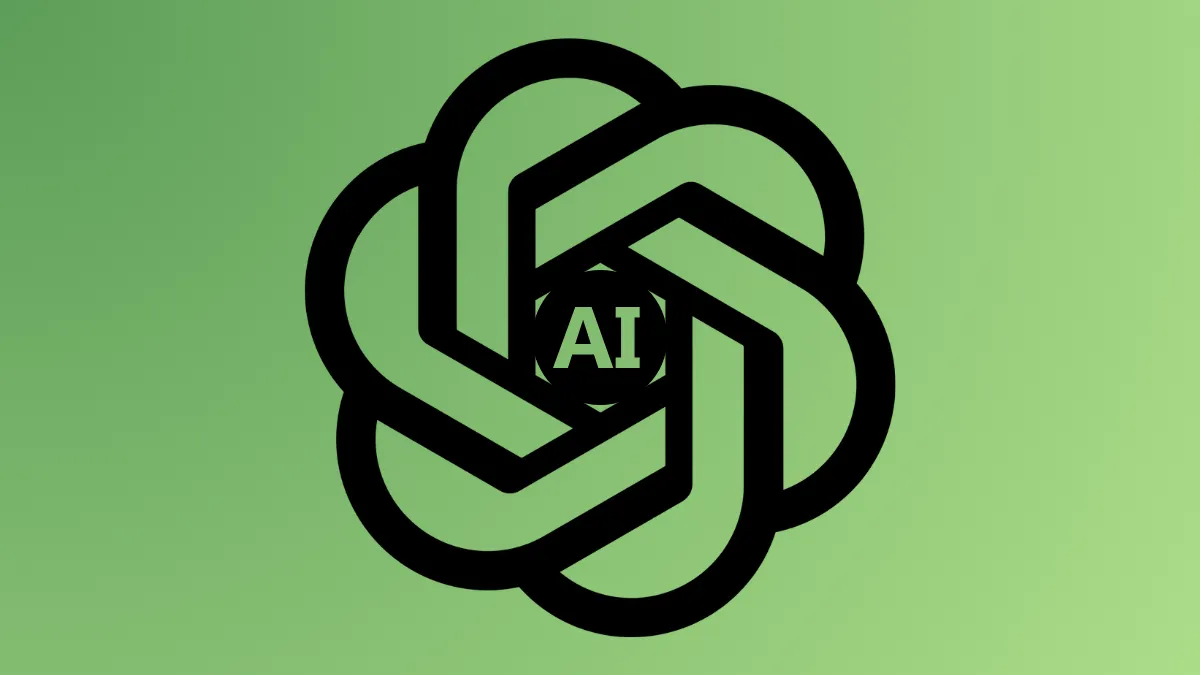OpenAI has introduced two groundbreaking AI models, o3 and o4-mini, marking a significant leap in artificial intelligence reasoning capabilities. These models are designed to “think” more deeply, integrating text and images into their reasoning process while autonomously utilizing a full suite of tools. This combination empowers them to tackle multifaceted problems across coding, mathematics, science, and creative domains with unprecedented precision and efficiency.
Advanced Reasoning Meets Multimodal Intelligence
The o3 and o4-mini models represent OpenAI’s first AI systems that do more than simply recognize images—they actively reason with visual data as part of their problem-solving workflow. Unlike previous models that treat images as static inputs, these new models manipulate, crop, and analyze images dynamically, blending visual and textual information to generate detailed, context-aware responses.
This capability allows users to submit complex visual content such as blurry sketches, textbook diagrams, or whiteboard notes, and receive insightful interpretations alongside textual explanations. For example, researchers can upload scientific posters or charts, and the AI will independently analyze the visuals, cross-reference with external data, and synthesize novel insights that previously required days of human effort.
Seamless Integration of Tools for Autonomous Problem Solving
A hallmark of these models is their ability to independently access and chain together a variety of tools within ChatGPT. These include web browsing for up-to-date information, Python code execution for data analysis, shell commands, and image generation utilities. This agentic tool use means the models can autonomously plan and execute multi-step workflows without constant human guidance.
For instance, when tasked with forecasting energy consumption trends, the models can search for relevant datasets online, run Python scripts to analyze the data, generate visualizations, and produce comprehensive reports—all in a single, fluid interaction. This strategic deployment of tools enables the AI to adapt dynamically to emerging information and complex problem requirements.
Performance Benchmarks and Real-World Impact
OpenAI’s o3 model sets new state-of-the-art standards across rigorous academic and industry benchmarks, including competitive programming platforms like Codeforces, advanced mathematics tests such as AIME, and scientific question answering challenges like GPQA. The model reduces major errors by 20% compared to its predecessor and excels particularly in visual reasoning and multi-faceted problem-solving.
The o4-mini model, while smaller and more cost-efficient, delivers remarkable performance in math, coding, and visual tasks. It achieves top accuracy in recent math competitions and supports higher usage volumes, making it ideal for applications requiring rapid, scalable reasoning.
Codex CLI: Empowering Developers with AI-Driven Code Execution
Complementing these models, OpenAI has released Codex CLI, an open-source coding agent that runs locally on developers’ machines. This lightweight tool leverages the reasoning strengths of o3 and o4-mini, enabling programmers to integrate AI-assisted code analysis, debugging, and generation directly into their workflows. Codex CLI supports multimodal inputs, including screenshots and sketches, facilitating a seamless coding experience enhanced by AI.
OpenAI is also launching a $1 million initiative to fund projects using Codex CLI and these models, offering grants in API credits to encourage innovation and adoption.
Deployment, Accessibility, and Safety Measures
The o3 and o4-mini models are currently available to ChatGPT Plus, Pro, and Team subscribers, with Enterprise and Educational users gaining access shortly. Developers can integrate these models through OpenAI’s Chat Completions and Responses APIs, with support for advanced features like function calling and structured outputs.
OpenAI has invested heavily in safety training and evaluation for these models. They underwent rigorous testing to reduce risks associated with harmful content, misinformation, and misuse. System-level safeguards and updated training data ensure that o3 and o4-mini maintain a strong safety profile while delivering high-quality, verifiable responses.
The Path Forward: Converging Reasoning and Conversational AI
These releases signal OpenAI’s strategic convergence of specialized reasoning models with the natural conversational strengths of the GPT series. By unifying deep problem-solving capabilities with fluid dialogue and tool use, OpenAI aims to create AI systems that are not only intelligent but also practical and adaptable across a wide range of real-world tasks.
With the ability to perceive and manipulate images as part of their thought process and to autonomously use complex toolchains, the o3 and o4-mini models represent a new paradigm in AI—machines that truly “think” and act in ways closer to human reasoning, opening doors to innovations in scientific research, software development, education, and beyond.
OpenAI’s o3 and o4-mini models redefine AI reasoning by seamlessly combining visual understanding with autonomous tool use, delivering smarter, faster, and more versatile AI solutions that empower users to solve complex problems with ease.


